Operating at a high frequency means: -
- you transfer a smaller energy more times per second = same power handling as a conventional transformer.
- you avoid core saturation associated with running at a lower frequency
Core saturation is related to the peak flux density of the core material. For a typical ferrite this is round about 0.35 teslas: -

For silicon steel (conventional transformers) this might be around 1.3 teslas: -

So, on the face of it, ferrite is worse than conventional silicon steel laminates because it saturates at a lower H-field. However, this isn't the full story. As the graphs indicate, magnetic flux density "maps" to H-field via the magnetic permeability of the core. The object of any inductor or transformer design is to avoid generating a peak H-field that might overly saturate the core.
Given that the current in an inductor rises linearly with time (for a fixed applied voltage), you can't apply that DC voltage for a very long time or you'll produce a H-field that saturates the core too much. This is where operating at high frequencies benefits the modern power supply.
So, at a higher frequency, you can make the inductance proportionately smaller. This means you can have fewer turns (everything else being equal) and, with fewer turns, you get a proportionately smaller H-field.
This means a proportionately smaller inductor/transformer.
EDIT - Regarding the math of a simple flyback transformer, consider a primary inductance of 1 mH that every 10 us is held across a DC rail of 300 volts for 5 us (50:50 duty). In 5 us the inductor current rises linearly to 1.5 amps based on the formula V = L di/dt.
The energy stored becomes 1.125 mJ (\$LI^2/2\$) and this is transferred 100,000 times per second. That is a continual power transfer of 112.5 watts. If you looked at plenty of ferrite core specifications, you would probably find that to get 1 mH you would need about 30 turns and this means that the magneto motive force (ampere turns) would be 1.5 x 30 = 45.
A ferrite core should be able to cope with a H-field of about 400 ampere turns per metre and the "per metre" bit defines the core length - this means a core length of 45/400 metres or 113 mm, or, if a square shaped core is used, it will be about 28 mm x 28 mm along the centre line. Taking into account that the core has to have a decent cross sectional area, the outer dimensions might be 33 mm x 33 mm.
This is just an off-the-cuff worked example.

